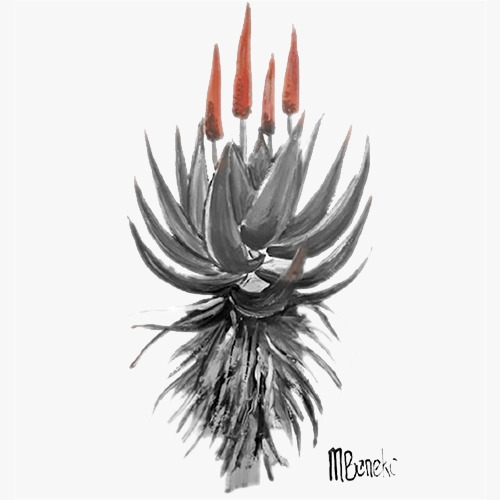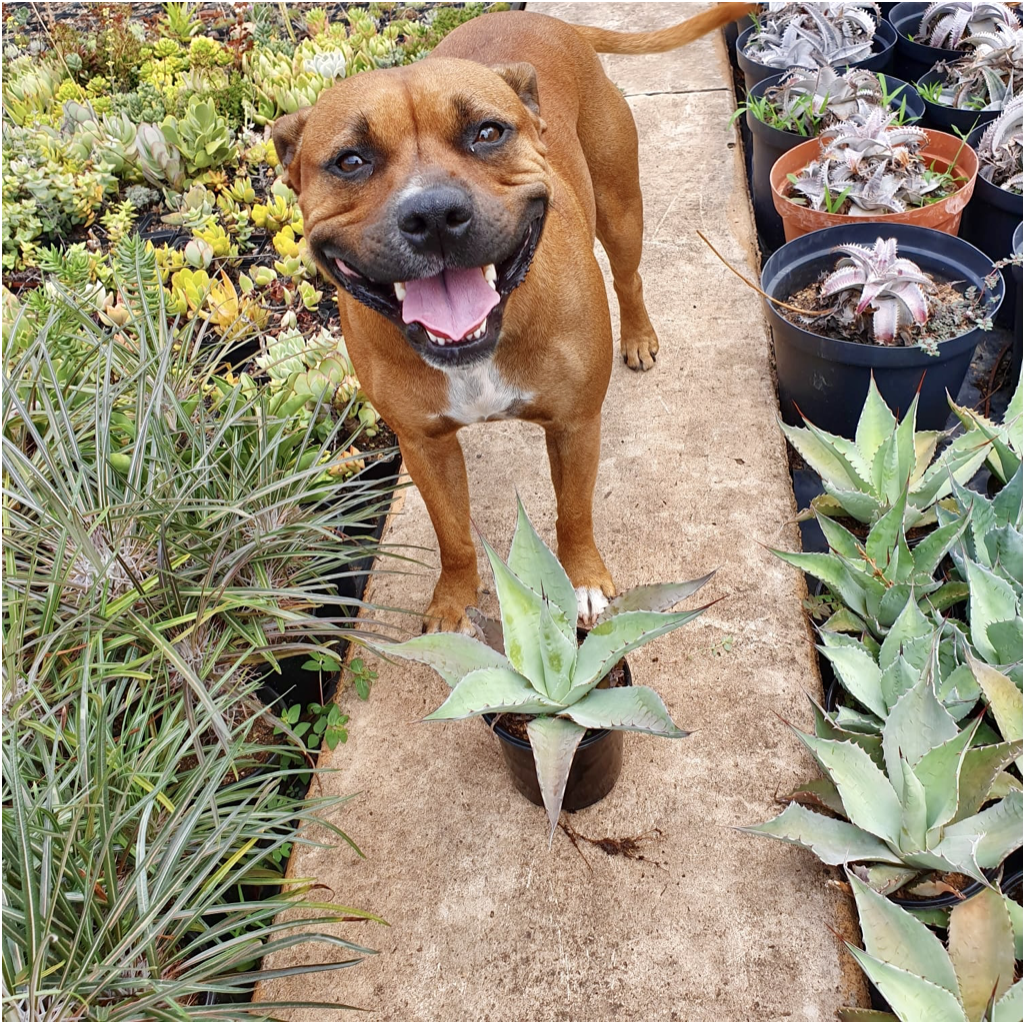Gasteria amabala
Gasteria amabala – The Spotted Tongue
Common Characteristics:
Gasteria amabala is a distinctive succulent with thick, fleshy leaves arranged in a rosette or distichous (two-ranked) pattern. The leaves are generally smooth or slightly textured, often featuring mottled green surfaces with pale markings or stripes, enhancing their ornamental appeal. The plant produces tubular, pendulous flowers that are usually pink or orange and appear on tall, slender stalks during the flowering season.
Native Range:
Gasteria amabala is endemic to South Africa, specifically regions with rocky terrain and semi-arid conditions. It thrives in the understory of thickets or in shaded rock crevices, where it is protected from direct sunlight.
Care Tips:
- Light: Prefers bright, indirect light to partial shade. Avoid intense, direct sunlight to prevent leaf scorching.
- Water: Water moderately, allowing the soil to dry out between waterings. Overwatering can lead to root rot.
- Soil: Requires well-draining soil, ideally a succulent or cactus mix with added sand or grit.
- Temperature: Thrives in temperatures between 60-80°F (15-27°C) and is not frost-tolerant.
- Feeding: Fertilize with a diluted succulent fertilizer during the growing season (spring and summer).
- Repotting: Repot every 2-3 years or as the plant outgrows its container.
Unique and Special:
What sets Gasteria amabala apart is its adaptability to low-light conditions, making it an excellent indoor plant for areas with limited natural light. Additionally, it has historical significance in South African traditional medicine and cultural practices, adding to its allure for enthusiasts and collectors.

